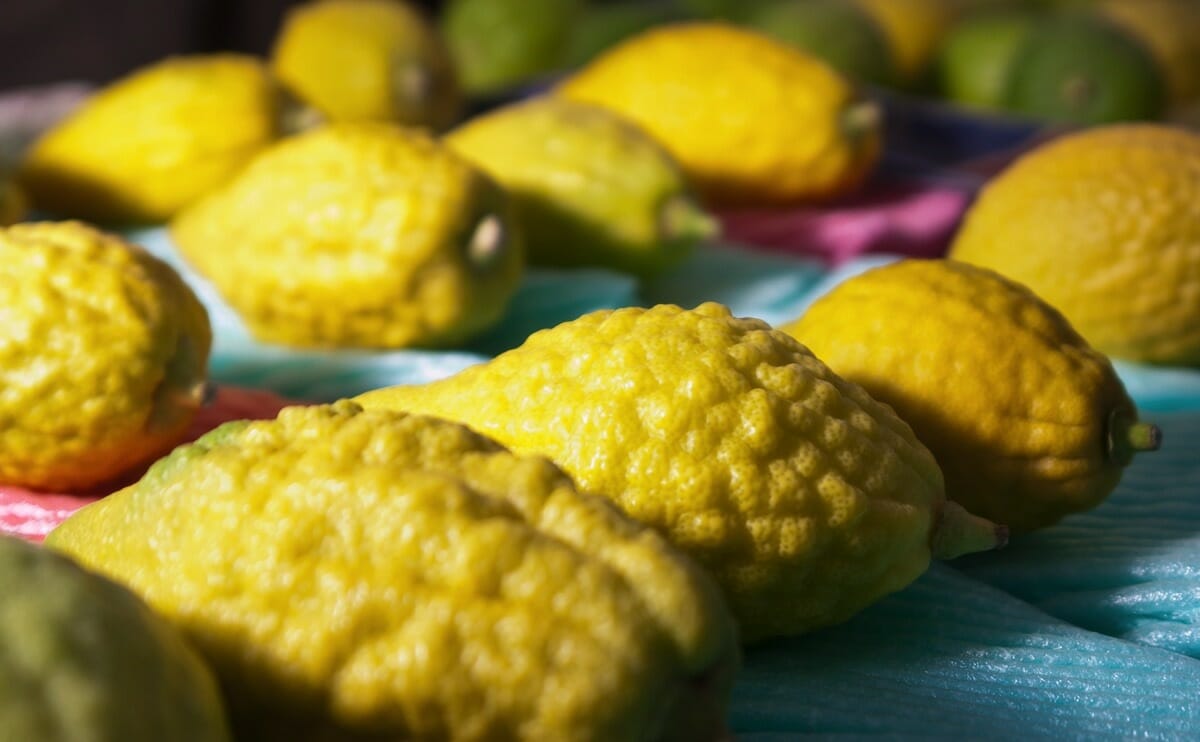While the rest of New York City buys apples and squash, for religious Jews, another highly seasonal item fetches prices as high as $350 apiece: the etrog.

Sukkot, which began last night, October 8th, at sundown, is a Jewish holiday that combines a festive celebration of the harvest with a commemoration of forty years wandering through the desert following the Israelites’ expulsion from Egypt. It involves a few agricultural items seen in no other Jewish holiday, and in fact seen hardly ever, here in the States. The most unusual and most prized? The etrog.
The Jewish Daily Forward has a nice dive into the high-end etrog market, a market that happens in the Hasidic and Orthodox neighborhoods of Brooklyn, right under the noses of millions of people who have no idea that exotic $300 fruit is even for sale. The etrog, one of a couple varieties of citron, a mostly gross and dry citrus fruit, is one of four agricultural products used symbolically each year, along with a willow branch, a myrtle bough, and a closed green frond of the date palm.
The branches and boughs and fronds have their specific rules, but it’s the etrog that inspires obsession; the etrog is naturally a wrinkled, lumpy fruit with precious little juice (and what juice there is is not particularly notable). But the rules for a kosher etrog — meaning, one that can be used in the ceremony — are already quite strict, and some Jews, as the Forward found, take those rules to an extreme. For perfectly unblemished etrogim (the Hebrew plural is typically used), with the pitam (the top stem, where the fruit attaches to the tree; it is notoriously fragile) fully intact, some growers are selling them for as much as $350 apiece, carting the fruits from Morocco or Italy or Israel swaddled as if they’re babies. And they’re being sold out of trailers and in the alleys of neighborhoods like Williamsburg, in Brooklyn.
There are culinary uses for the etrog, but it’s harder to use than most citrus fruits. It has almost no pulp (and indeed some varieties, like the Buddha’s hand, have no pulp at all), and its interior is almost entirely made of bitter white pith. Its zest is nice, and it is sometimes candied, but the fruit’s value is almost entirely religious and aesthetic. But the difficulty in getting a perfect etrog, says the Forward, enhances the ceremony for these high-end fruit shoppers.
(Image via Flickr user Flavio)